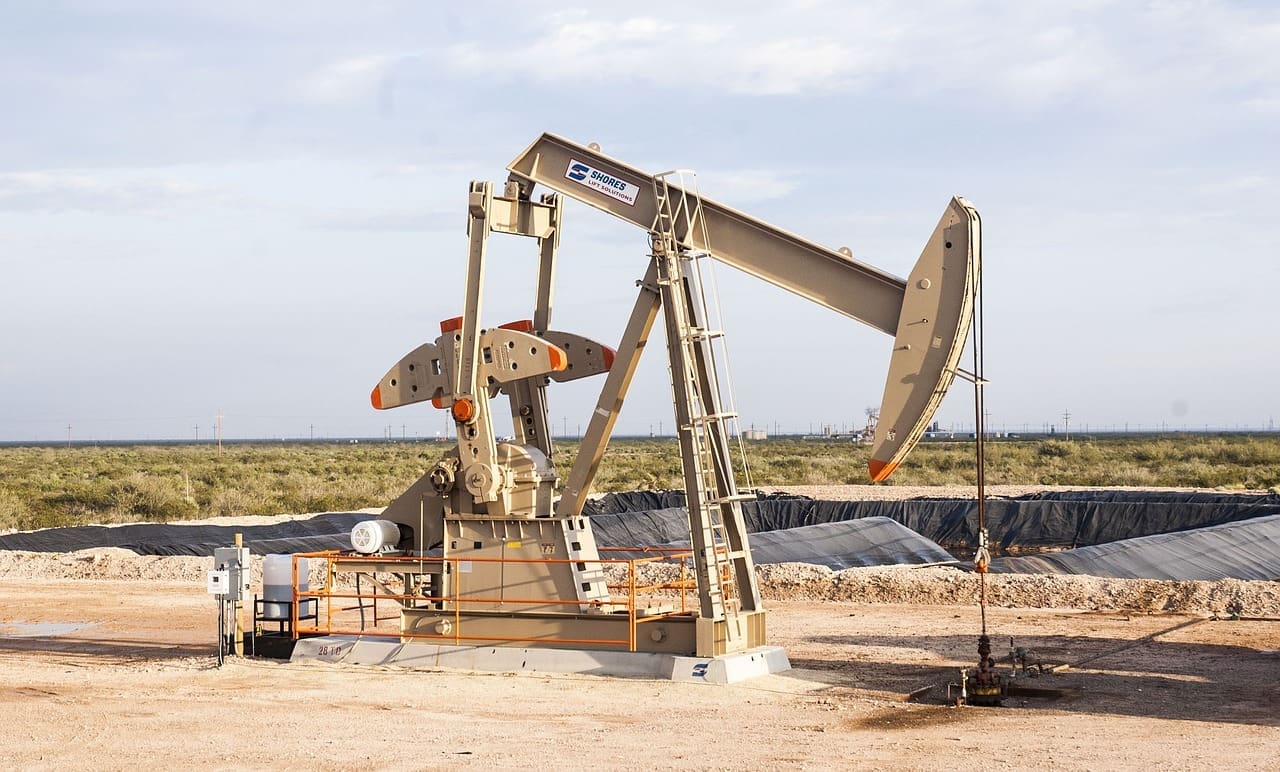U.S. Energy Development Corporation (USEDC), an exploration and production company focused on the development of energy projects throughout North America, provides its outlook on the oil and gas markets in the wake of Donald Trump’s successful presidential bid and the Republican party securing control of the U.S. Senate and House of Representatives.
Year-to-Date Highlights
- Deal Flow: Evaluated over 800 oil and gas opportunities, with strong deal flow continuing into Q4.
- Capital Deployment: On track to deploy 100% of the projected $750 million announced earlier this year.
- Focus Areas: Continued investments in the Permian Basin, recognized as one of the premier regions for predictable productivity and returns.
- Improved Efficiencies: U.S. Energy continues to see wells decrease in cost per lateral foot while maintaining productivity, driving margin expansion.
Matthew Iak, USEDC Executive Vice President, provides the following insights:
Market Update
Despite the geopolitical uncertainty in the U.S. and the rest of the world in 2024, the energy markets have remained relatively stable, and deal flow has been strong. It is almost paradoxical that during a tumultuous year, globally and domestically, the energy market’s remarkable achievement has been its truly unremarkable stability.
For USEDC, we continued to see a steady, attractive deal flow, many at advantageous price levels for companies with a solid capital structure and robust infrastructure. We anticipate that our teams will evaluate 800-plus deals of all sizes in 2024 and expect to deploy 100% of the projected $750 million announced earlier this year. We continue to actively pursue and invest in deals within the Permian Basin, recognizing it as one of the best areas for predictable productivity and returns.
Looking Forward
In our recent Oil & Gas Market Update, “‘Drill Baby Drill’: Breaking Down the GOP’s Plan for Oil & Gas Dominance,” we highlighted how the post-election political landscape stands to open significant doors for oil and gas companies. With that said, questions around the current rule-making and regulatory environment remain to be answered, and we will be watching potential changes in this space closely.
Proposed Department of Labor regulations could pose challenges across various sectors, while potential tax changes, like the elimination of certain tax treatments by the IRS, such as the 1031 deduction, promise a chilling effect on the oil and gas and real estate markets.
This administration could drive positive change in the energy sector if it is able to foster more peace in the Middle East, maintain a strong dollar which makes oil more affordable in the U.S. and increases revenue from international buyers, maintain competitive corporate tax rates and policies, and unlock federal oil leases to boost production.
Artificial Intelligence and Data Center Impacts
A certainty in the U.S. economy for the past several years was the explosion of energy demand for data centers in almost every major market in the U.S. The advent of artificial intelligence (AI) and the seemingly exponential increase in electricity demand driven by these technologies has completely changed the conversation around domestic natural gas production.
For the U.S. to continue to be the world’s leader in AI, data centers, and digital currency production, we also must be the world’s leader in affordable energy and energy infrastructure. Other energy sources, such as nuclear, present compelling options for meeting these demands sustainably and reliably over the long term. However, in the near term, natural gas stands out as a highly viable fuel source due to its extensive reserves – estimated to last for centuries under current consumption rates – and strong pipeline infrastructure.
Keeping the U.S. the Global Energy Leader
In the upcoming term of the new administration and beyond, it is going to be critical that our government and industry be pro energy in all forms. Conversations in Washington, D.C., Austin and other state capitals should take a long-term view and embrace all energy sources, fossil, nuclear and renewable.
Signaling a long-term commitment to a pro-energy economy could make energy companies open to larger, longer-term investments in generation, pipelines and infrastructure that keep us ahead of our international competitors. For now, industries seem to be returning to long-term plans knowing they have at least four years with a pro-energy, pro-business administration. USEDC looks forward to making the most of this opportunity on behalf of the company and our partners.





